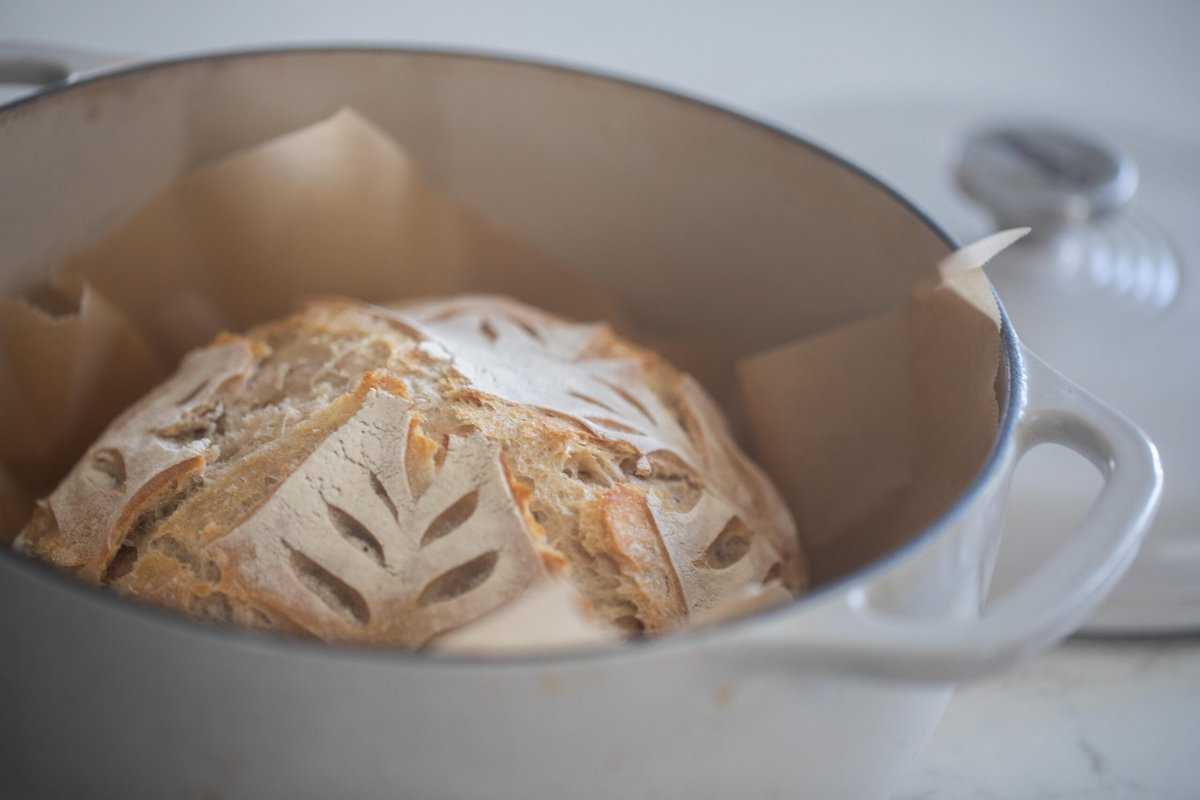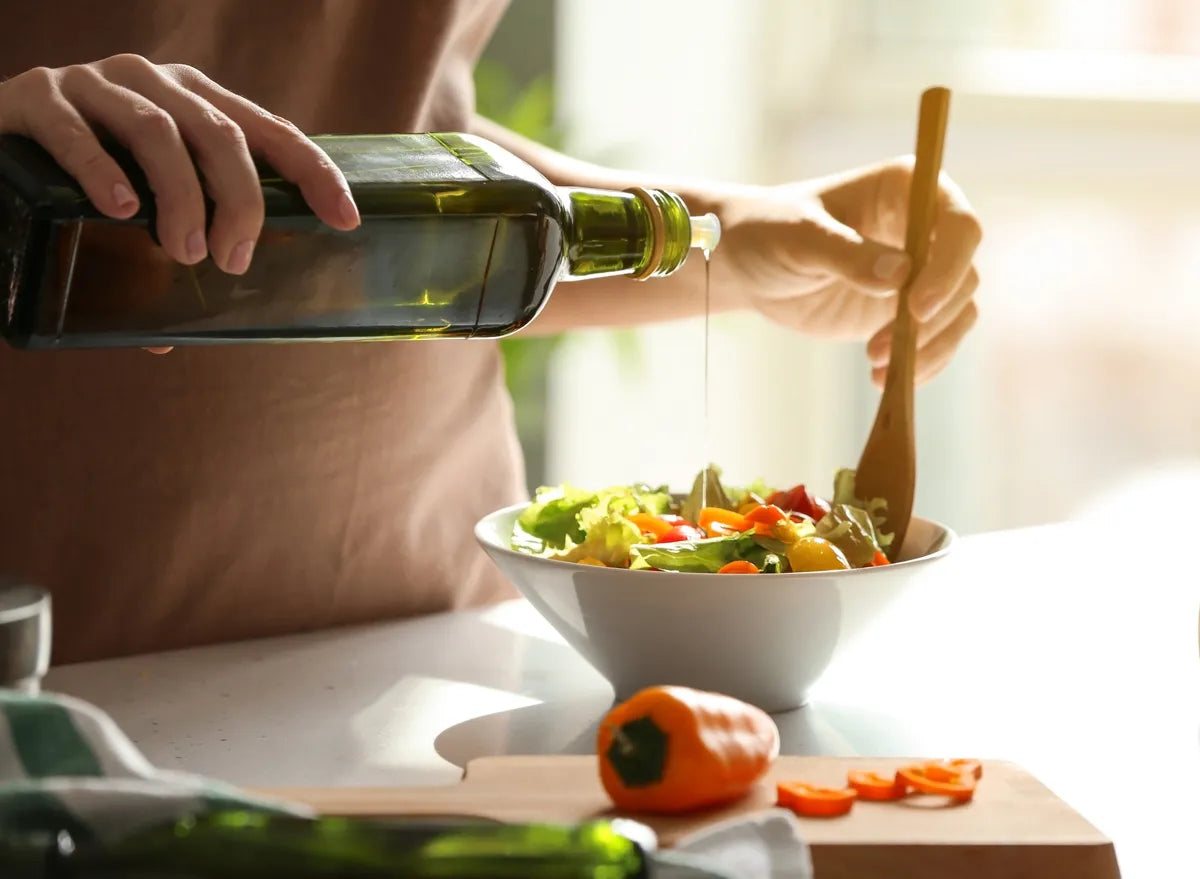When it comes to selecting kitchen tools, professional chefs and home cooks alike might ponder over the materials that compose their essential cookware. One such topic of curiosity is why the handle of a saucepan is made of plastic. This innovation is not merely for aesthetic appeal but is rooted in practical benefits that enhance safety and functionality in the kitchen.
In this article, we will delve into the intricacies of saucepan handles, exploring their material properties, the science behind their development, and why plastic has become the favored choice. Understanding these factors is crucial for anyone working in a kitchen environment where professional-grade cookware is indispensable.

Key Advantages of Plastic Handle in Saucepans
First, lets examine why plastic is the material of choice for saucepan handles. The **key advantages** of plastic include:
- Heat Resistance: One of the most important traits of kitchen tools is their ability to withstand heat. Plastic handles are often designed to resist heat, helping prevent burns while cooking.
- Lightweight Construction: Compared to metal or other materials, plastic is significantly lighter. This lightweight nature means easier handling for kitchen professionals working long hours.
- Enhanced Grip: Plastic handles often feature ergonomic designs that provide a comfortable, non-slip grip, a crucial element when dealing with hot liquids.
Scientific Background of Heat Resistance
In professional kitchens, durability and heat resistance are cornerstones of effective kitchenware. Manufacturers utilize a range of specialized plastics, such as reinforced nylon or polycarbonate, to create handles capable of enduring high temperatures.
These materials undergo rigorous testing to ensure they can withstand the challenges present in a kitchen setting. Notably, many plastic handles are rated for high temperatures, making them suitable for stovetops and ovens alike.

Comparisons to Metal Handles
While metal handles might offer traditional aesthetics and strength, they come with drawbacks. Metal can conduct heat, leading to burning when touched, whereas the thermal insulation property of plastic prevents this risk. Moreover, even with protective coatings, theres a possibility of scratching and corrosion in metal handles over time.
Durability and Longevity of Plastic Handles
Plastic handles are not just functional; theyre also designed to last. With proper care, these handles can endure years of use without compromising their visual appeal or integrity. The following factors contribute to the superior durability of plastic handles:
- Resistant to Chemicals: Unlike metal, plastic is less prone to damage from acidic or alkaline substances commonly found in cooking.
- Less Prone to Scratches: Plastic surfaces can better maintain their finish and integrity, making them a viable option in busy kitchen settings.
- Weight Distribution: The construction balances the saucepan's weight making it easier to handle, particularly when lifting pots filled with heavy liquids.

Environmental Concerns and Innovations
In todays eco-conscious world, many are aware of the environmental implications of various materials. Its essential to highlight that some manufacturers are now adopting recycled plastics in their saucepan handles. This shift not only lowers the carbon footprint but also reflects a growing trend in responsible manufacturing.
Additionally, advancements in technology have given rise to biodegradable plastics, and while not yet widespread in cookware, this innovative approach is promising for future applications.
Maintenance of Plastic Handles
Maintaining plastic saucepan handles is relatively straightforward. Here are some simple steps to ensure their longevity:
- Avoid High Temperatures: While designed to resist heat, its essential to follow manufacturer instructions regarding maximum temperature limits.
- Use Non-Abrasive Cleaners: To keep the surface intact, opt for gentle cleaning agents instead of harsh chemicals.
- Inspect Regularly: Frequent checks for any signs of damage can prevent unexpected breaks during cooking.
FAQ Section
Q1: Are plastic handles safe for cooking?
A1: Yes, plastic handles are safe for cooking. They are designed to withstand high temperatures and prevent burns.
Q2: Can plastic handles melt?
A2: While plastic handles are heat-resistant, they can melt if exposed to temperatures beyond their limit. Always check the manufacturer's guidelines.
Q3: Do plastic handles require special care?
A3: Plastic handles do not require significant special care, but it is advisable to avoid high-temperature exposure and use non-abrasive cleaning methods.
For those interested in getting a saucepan that suits their kitchen needs, checking resources like the saucepan vs pot might be beneficial. Additionally, for a deeper understanding of its utility in cooking, explore saucepan information.
As an Amazon Associate, I earn from qualifying purchases.






Leave a comment
This site is protected by hCaptcha and the hCaptcha Privacy Policy and Terms of Service apply.